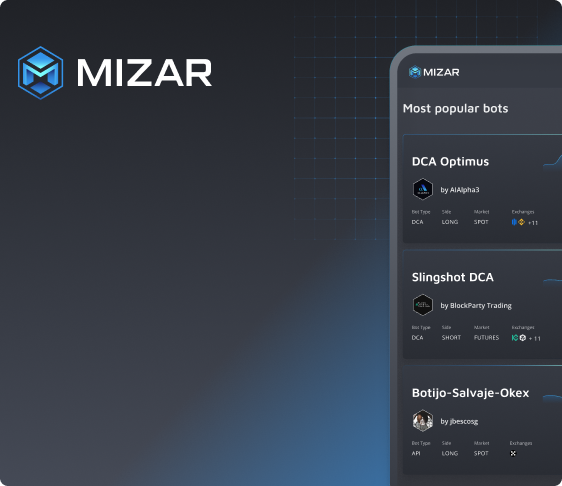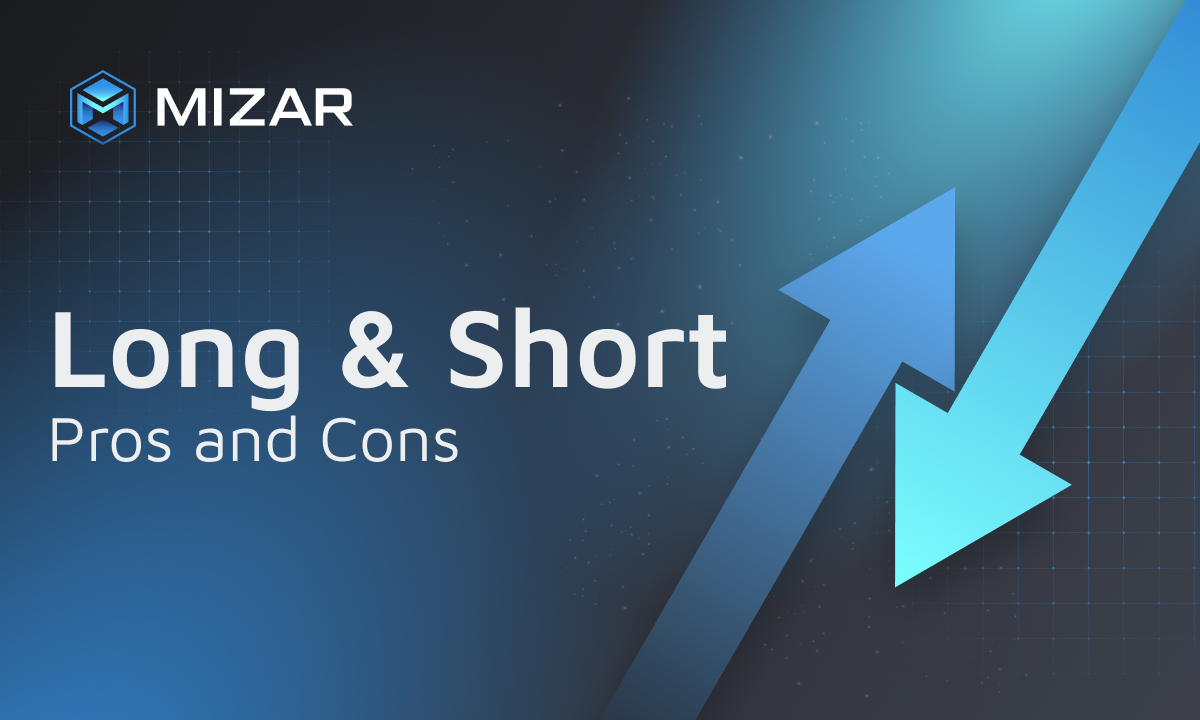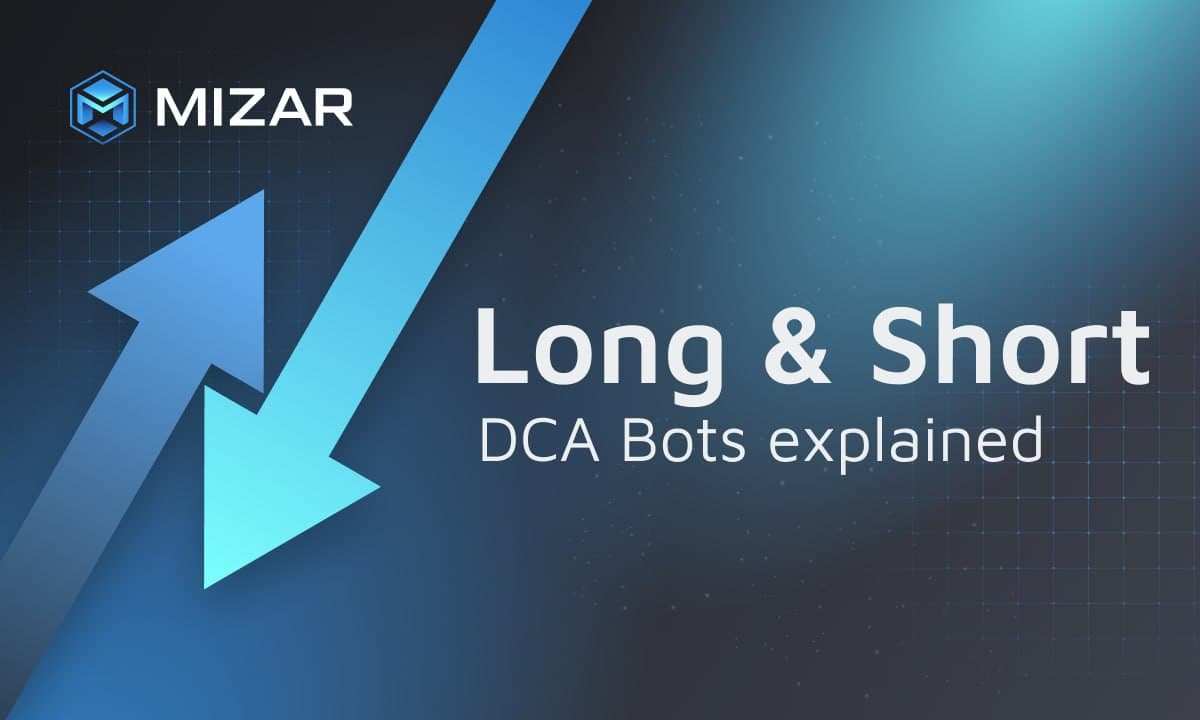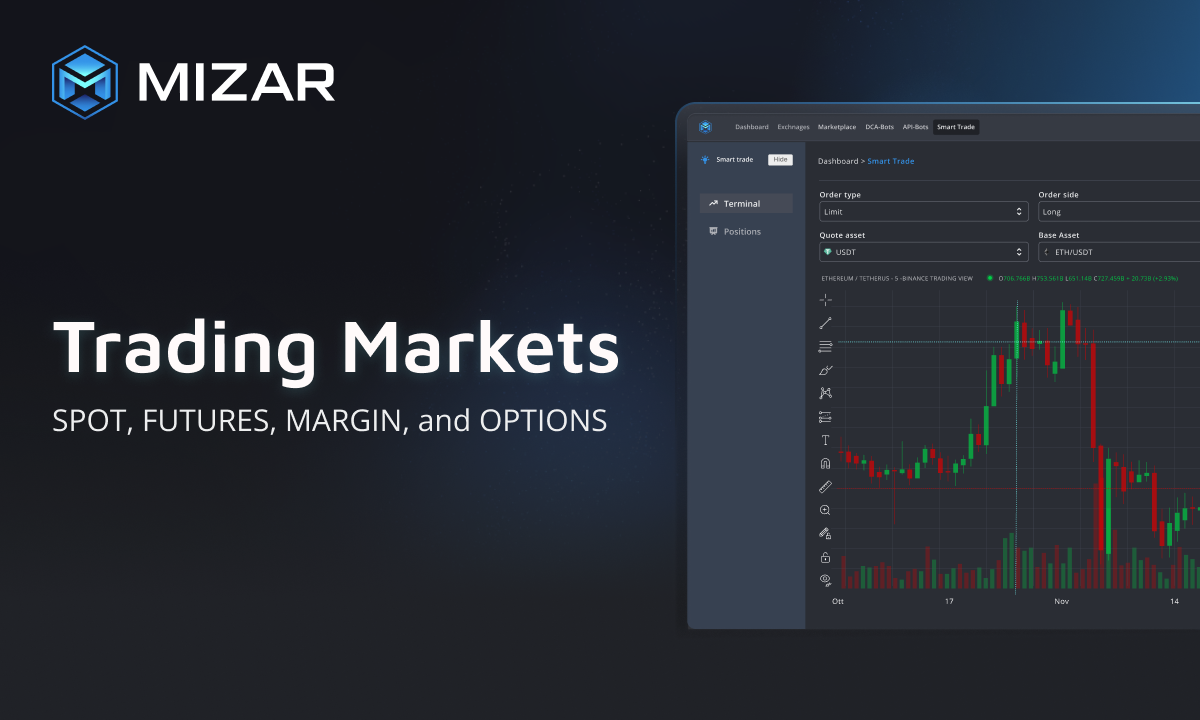Crypto Spot Trading: Things You Need to Know Before You Start
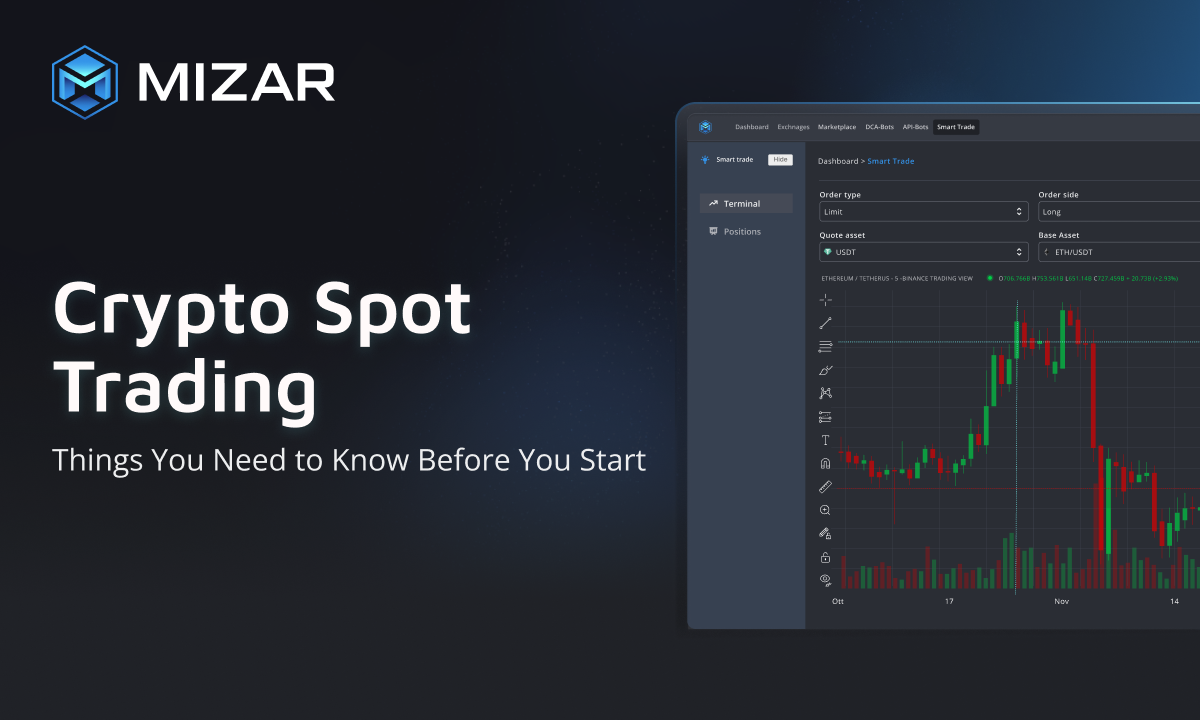
Cryptocurrency spot trading has become increasingly popular among investors and traders due to its accessibility and potential for profits. Unlike futures trading, spot trading involves buying and selling cryptocurrencies at their current market spot price without any future commitments.
In the last article we provided an overview of the different markets (Spot, Futures, Margin & Options). In this article, we will explore the basics of crypto spot trading and what you need to know before you begin.
What is Crypto Spot Trading?
A spot market is a type of financial market where assets are traded immediately at the current market price. This type of trading does not require margin, leverage, or any future commitments. The transaction concludes once the buying/selling order is filled.
Spot trading in crypto occurs when buyers and sellers meet to trade a cryptocurrency, like Bitcoin. The transaction is done at the current market price. When you buy a cryptocurrency in spot trading, you own the asset and can hold it for any length of time.
To make more informed decisions for spot market trades, traders need to understand the market sentiment or mood, which can influence the price of the asset.
A variety of investment assets can be traded in spot markets, such as stocks, bonds, cryptocurrencies, and foreign currencies (Forex).
Spot trading can be conducted on centralized exchanges (CEX) or decentralized exchanges (DEX). A CEX, or crypto exchange, is a platform where a third party manages the trading process, including order matching and liquidity provision through market makers, to ensure that everything is in order before the seller transfers assets to the buyer.
In contrast, spot trading on a DEX (decentralized exchange) operates on a distributed network, allowing traders to trade directly with each other without the need for a third party. By using automated market making (AMM), DEXs are able to provide continuous liquidity with LPs (liquidity pools) without the need for market makers or order books, which are common features of centralized exchanges. This makes DEXs more decentralized and transparent, as all trading activities are recorded on a public blockchain ledger.
If you are not sure if you should trade on a CEX and DEX, read our comparative analysis about the pros and cons in this article here.
How does Crypto Spot Trading Work?
Crypto spot trading involves buying and selling cryptocurrencies through an exchange.
It is crucial to comprehend that spot trading involves buying an asset at its current price and then holding onto it, hoping its value will appreciate. Though this is the fundamental concept behind spot trading, the reality is much more complicated.
The first step is to create an account with a reputable exchange, such as Binance, and complete the necessary verification processes. Once you have an account, you can deposit funds into it and start trading.
To start trading, you need to select the cryptocurrency you want to buy or sell and place an order. Note that with spot trading, you can only exchange assets you already own; margin and futures trading are the only ways to access leverage.
There are several important concepts to keep in mind while spot trading.
Market order: A market order is when you buy or sell a cryptocurrency immediately at the current market price. A market order is filled on the spot when the trigger price reaches the most recent traded price.
Limit order: A limit order means you make a buyer and seller agreement to buy or sell a cryptocurrency at a specific price. Limit orders are not guaranteed since it is dependent on the seller agreeing to your purchase price. When a market order is waiting to be executed, you’ll have an open order on your exchange. The order will be closed when 100% filled and executed.
Bid/ask: The bid and ask prices are important in trading because they represent the highest price that someone is willing to pay for an asset (bid) and the lowest price someone is willing to sell it for (ask). The difference between the two is known as the bid-ask spread.
Liquidity: If an asset has high liquidity, it means there are a lot of buyers and sellers for that asset, which makes it easier to trade without affecting the price. Low liquidity assets, on the other hand, can be more difficult to trade without impacting the price or without incurring high slippage.
Slippage: Slippage occurs when your order is executed at a different price than what you expected. This can happen when there's a sudden change in market conditions or a lack of liquidity. Slippage can result in higher transaction costs or lower profits for traders.
Market making: Market making is when someone provides liquidity on an exchange by placing both buy and sell orders for an asset. Market makers help improve market efficiency by narrowing the bid-ask spread and providing continuous liquidity for traders. Automated market making algorithms are often used on exchanges to provide liquidity.
After placing your order, the exchange will match it with another trader's order, and the trade will be executed. Once the trade is completed, the cryptocurrency you bought will be credited to your account, and the cryptocurrency you sold will be deducted from your account. To see your transaction history and track all executed and canceled orders, you can check your ordering history.
Why can you only go long on the spot market?
So, in spot trading, you can only go long, which means buying an asset with the expectation that its value will increase in the future, so you can sell it later at a higher price and make a profit. However, you can't go short, which is selling an asset you don't own, in the hope of buying it back later at a lower price to make a profit.
The reason why you can only go long in the spot market is that short selling requires a contract, which is not available in the spot market. Instead, short selling is more commonly associated with futures trading, where traders can speculate on the future price of an asset by taking a short position.
The only way to go short in the spot market is to sell an asset you already own and wait to buy it back at a lower price. This is sometimes called a “short sell” in the spot market, but we prefer to call it accumulation. Read this article to understand the difference between short in spot and futures markets.
The spot market is designed to facilitate the exchange of assets between buyers and sellers in the present time, rather than speculating on future prices. That's why it doesn't allow short selling.
Benefits of Crypto Spot Trading
Accessible: Spot trading is a simple and straightforward process that does not require any advanced knowledge or experience.
Low risk: Unlike futures trading, spot trading does not allow leverage, meaning you can lose only the money you’ve invested.
High liquidity: Spot trading typically offers high liquidity, which means that there is usually a large pool of buyers and sellers available, making it easier to execute trades quickly and at the desired price.
Potential for profit: Cryptocurrencies are volatile assets, and their prices can fluctuate significantly in a short period. This presents opportunities for traders to profit from price movements by buying low and selling high.
Trading is quick and transparent: Relies solely upon transparent prices determined by supply and demand. Also, you own the asset instead of having a contract with a third party such as with futures or option trading.
Risks of Crypto Spot Trading
While crypto spot trading can be a profitable investment, it also carries risks.
High volatility: The main risk of spot trading is the high volatility of cryptocurrencies. Since cryptocurrency prices can change rapidly and unpredictably, traders can experience significant losses if they do not manage their risks properly.
Fees: Spot trading involves fees, such as trading fees, deposit and withdrawal fees, and network fees. Traders should be aware of these fees when selecting an exchange and factoring them into their trading strategy.
Security: Spot trading requires traders to deposit funds into an exchange, which presents security risks. The used exchange should have robust security measures in place, such as two-factor authentication and cold storage of funds.
How to easily trade on the Spot Market with Mizar?
To easily start trading on the spot market you can quickly do so with the Mizar copy trading platform:
Sign up on Mizar. Please enable 2FA verification.
Connect Mizar to your favorite exchange API keys. We recommend you do this with IP whitelisting.
Make sure you have enough credits in your Mizar account.
Go to the Mizar Marketplace and filter for the Spot Market.
Choose the strategy you prefer, allocate your investment, and start profiting from the spot market.
Read our full guide on how to copy trade a strategy from the Mizar marketplace here. If you are not sure which strategy to choose we recommend you to get to know our strategy providers personally on Discord. Engage with them, learn about their trading strategies, and ask questions to make informed investment decisions. Join our Discord here.
Conclusion
Crypto spot trading is a popular investment option that provides traders with the potential for profits and a low-risk investment option. However, traders must be aware of the risks involved and manage their risks appropriately. By selecting a reputable exchange and implementing risk management strategies, traders can take advantage of the opportunities presented by crypto spot trading.
Overall, spot market cryptocurrency trading could be a great way to earn some bitcoins affordably. When you need speedy results, the immediate response of a spot market transaction may be crucial.
